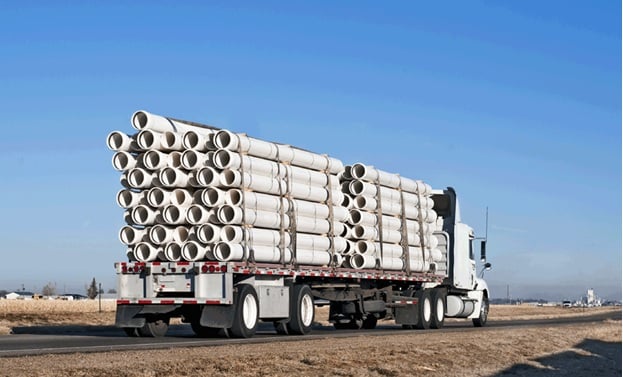When faced with the challenge of drilling into hard materials like concrete, stone, and brick, a hammer drill is the tool to use. Unlike standard drills, hammer drills combine rotation with a hammering action, making them ideal for demanding projects. Whether you’re a DIY enthusiast or a professional contractor, understanding the capabilities of a hammer drill can significantly improve your work quality.

What are the key uses of a hammer drill?
Hammer drills are specifically designed to drill into tough surfaces such as concrete, masonry, and stone. The hammering action breaks up the material while the bit rotates, resulting in faster and more efficient drilling. This makes hammer drills essential for tasks like installing anchors, drilling rebar holes, or setting up fixtures on concrete walls. They are also critical for precision work in projects that involve installing geotextile fabric behind retaining walls.
How does a hammer drill differ from a regular drill?
The primary difference between a hammer drill and a regular drill is the hammering mechanism. While a regular drill only rotates the bit, a hammer drill adds a percussive hammering motion to the rotation, making it much more effective at penetrating hard materials. Many hammer drills also feature a switch that allows you to disable the hammering action, turning the tool into a standard drill when needed.
Is a hammer drill suitable for woodworking?
Although hammer drills are designed for hard materials, they can be adapted for woodworking by turning off the hammer function. However, it’s generally not advisable to use a hammer drill on wood unless absolutely necessary, as the tool’s power can be excessive for softer materials. If your project involves both wood and masonry, such as building a retaining wall with geotextile fabric, a hammer drill with a switchable function can be highly advantageous.
What safety measures should be observed when using a hammer drill?
When using a hammer drill, safety is critical due to the tool’s power and potential hazards. Always wear protective eyewear to guard against debris, and use ear protection to mitigate the noise level. Ensure your workpiece is securely clamped to prevent movement during drilling. Hold the drill with both hands for better control, and choose the appropriate bit for the material you’re working on. If you’re drilling near retaining walls with geotextile, take care not to damage the fabric or the structure.
In summary, a hammer drill is an essential tool for anyone dealing with tough materials like concrete and stone. Its combination of rotational and hammering action makes it ideal for heavy-duty tasks. Whether you’re working on masonry for a retaining wall project involving geotextile fabric or handling other demanding jobs, mastering the use of a hammer drill will ensure professional-quality results.